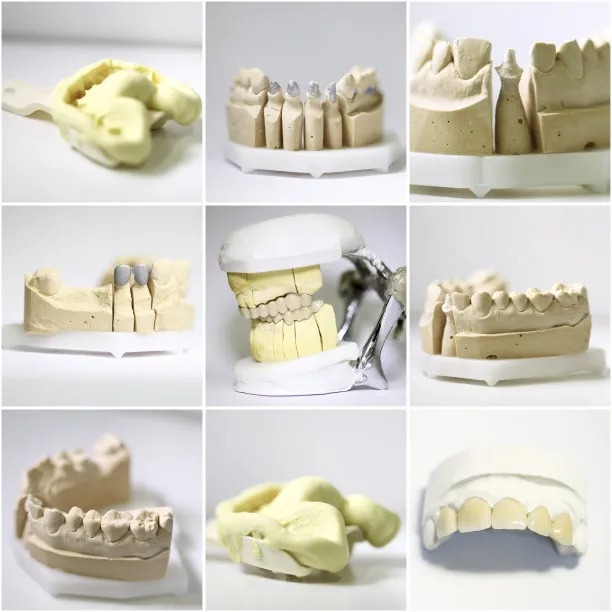Essential Guidelines to Ensure Safety and Success in Root Canal Treatment for Optimal Oral Health
Summary: Root canal treatment is a vital procedure for preserving teeth and preventing further oral health issues. This article outlines essential guidelines that ensure the safety and success of this treatment. It emphasizes the importance of thorough diagnosis, advanced techniques, post-treatment care, and patient communication. By adhering to these guidelines, dental professionals can enhance the likelihood of optimal results, ensuring a healthier mouth and improving patients quality of life. Ultimately, a well-executed root canal not only alleviates pain but also reinforces the longevity of natural teeth.
1. Importance of Comprehensive Diagnosis

Before proceeding with a root canal treatment, a thorough diagnosis is essential. Accurate diagnosis involves taking detailed patient histories and utilizing diagnostic tools, such as X-rays, to evaluate the extent of infection or decay. Understanding the anatomy of the tooth and the surrounding tissues is critical, as variations can influence the treatment approach.
A comprehensive diagnosis also allows dental professionals to rule out other potential dental issues. By identifying the cause of tooth pain precisely, unnecessary procedures can be avoided, helping to ensure that the treatment plan specifically addresses the underlying problem.
Moreover, an effective diagnosis can establish realistic expectations for outcomes. Patients who understand the specific conditions of their teeth and the proposed method for treatment are better equipped to accept the process and manage their discomfort.
2. Utilization of Advanced Techniques
The success of root canal treatment significantly relies on the latest dental technologies and techniques. Modern endodontic tools, such as rotary instruments and magnification equipment, improve the precision and efficiency of the procedure. These advancements help to navigate complex root canal systems more effectively, reducing the risk of errors.
In addition to equipment improvements, the adoption of minimally invasive procedures enhances patient comfort during treatment. Techniques that optimize the conservation of tooth structure not only yield better cosmetic outcomes but also help in quicker healing times.
Moreover, the integration of digital imaging for treatment planning promotes accuracy in diagnosis and reduces radiation exposure for patients. When employed together, these advanced methods enhance the safety and effectiveness of root canal therapy, ensuring higher success rates.
3. Essential Post-Treatment Care
Post-treatment care is a crucial aspect that can significantly influence the success of root canal procedures. After the completion of the treatment, dentists typically provide detailed aftercare instructions to patients. These guidelines include recommendations for pain management, medication adherence, and dietary modifications to facilitate healing.
Following the procedure, regular follow-up appointments allow dental professionals to assess healing and monitor for any potential complications. These check-ups are essential for addressing concerns and reinforcing the importance of oral hygiene practices, which are vital for the long-term success of the root canal.
Patients must also be educated about signs of infection or complications post-treatment. By being vigilant about symptoms such as swelling or prolonged pain, patients can seek timely intervention to resolve issues before they escalate.
4. Effective Communication with Patients
Effective communication between the dental professional and the patient is paramount for ensuring safety and success in root canal treatments. Clear and comprehensive explanations about the procedure help to alleviate anxieties and build patient trust. When patients understand what to expect, they are more likely to cooperate during the treatment process.
Moreover, fostering an ongoing dialogue that includes discussing concerns or questions throughout the treatment journey can enhance the patient experience. Listening to patients feedback allows for adjustments in the treatment plan, making them feel valued and understood.
Additionally, educating patients about the importance of maintaining regular dental visits post-treatment contributes to overall oral health. When patients are actively involved in their care routines, they are more likely to adhere to preventive measures that protect against future complications.
Summary:
This article outlines the essential guidelines to consider for ensuring safety and success in root canal treatment. Each step, from diagnosis to post-treatment care, plays a critical role in optimizing oral health outcomes. By utilizing advanced techniques and fostering effective communication, dental professionals can enhance patient confidence and improve treatment experiences.
This article is compiled by Vickong Dental and the content is for reference only.


